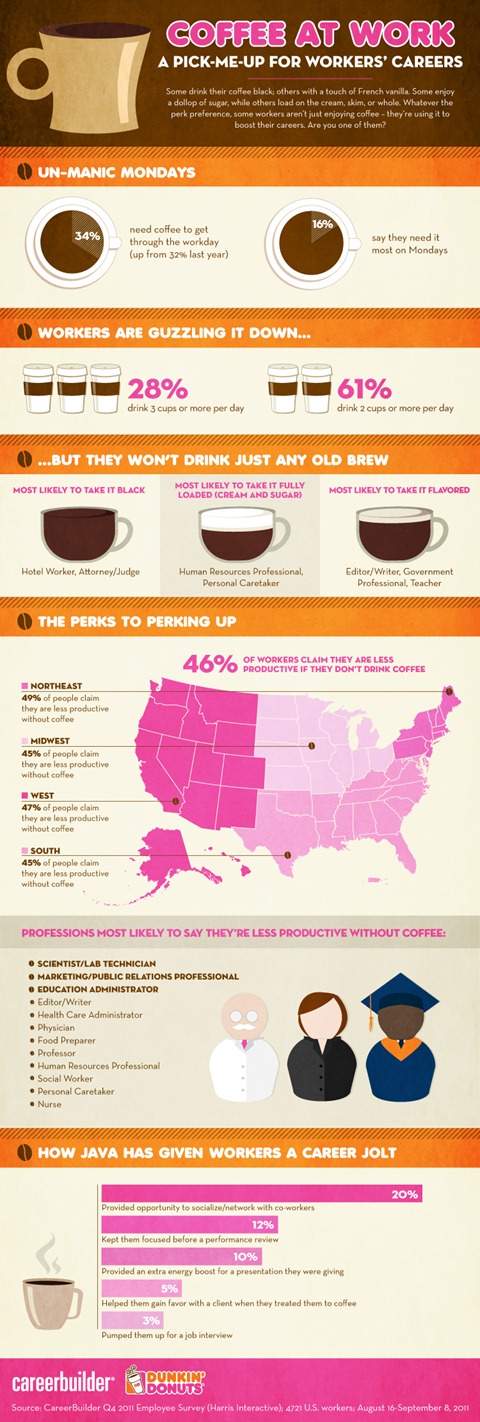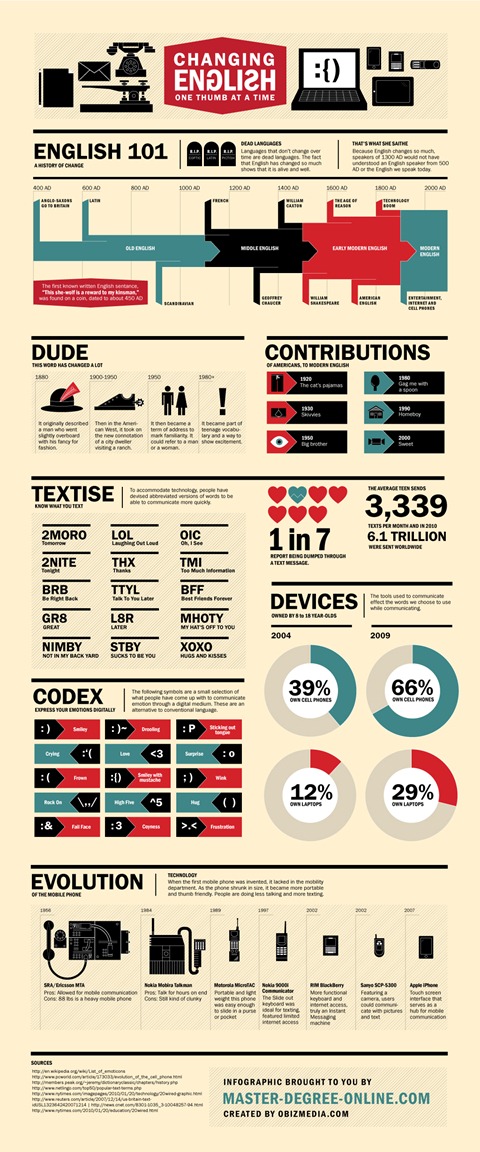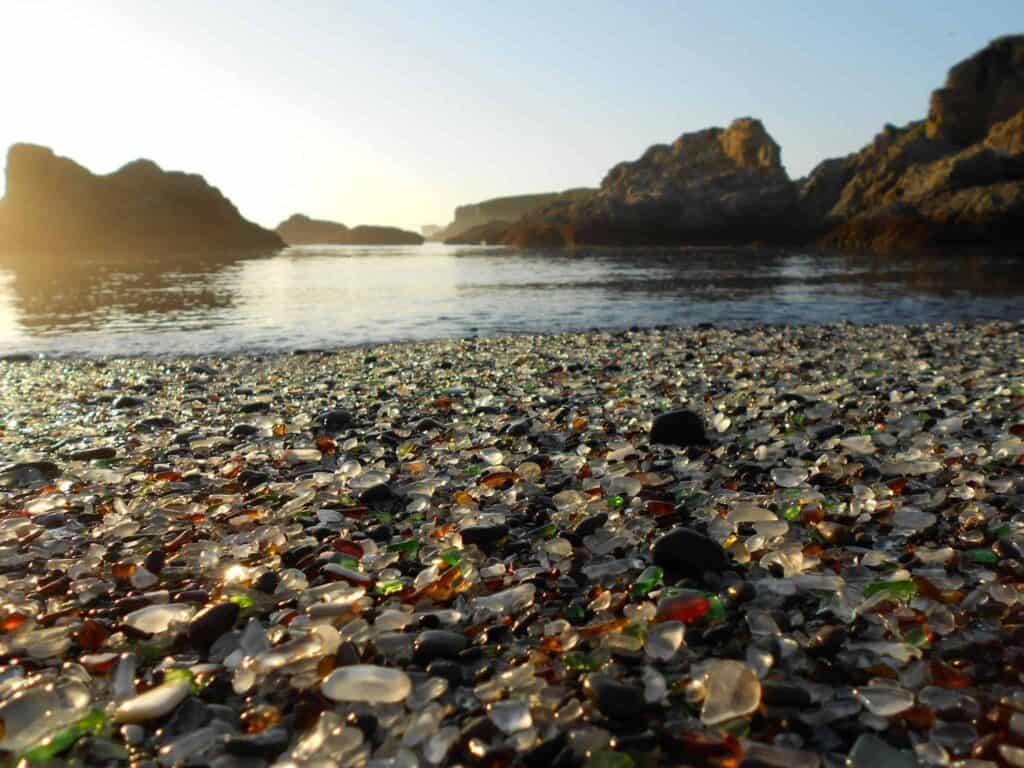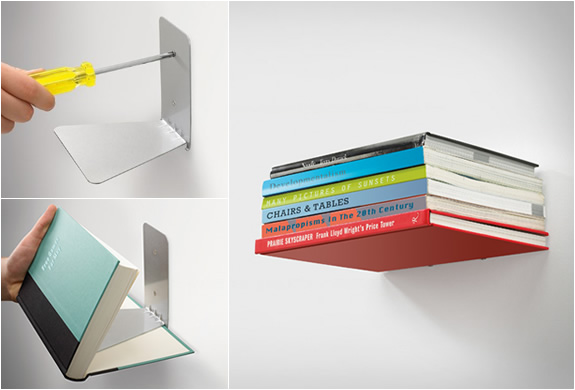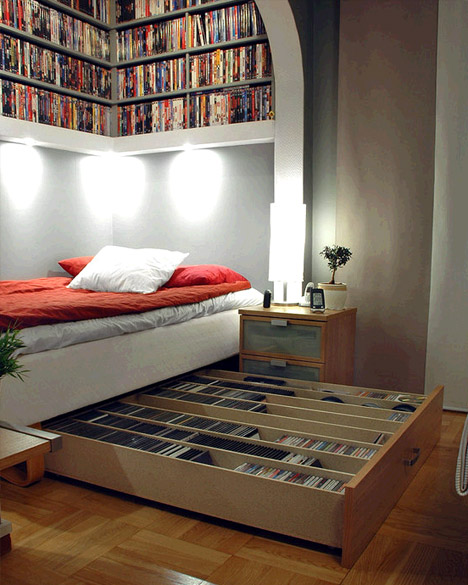Click image for larger view
Which Professions Need Coffee the Most
Keaton Music Typewriter


File this under archaic devices I had no idea existed. Here’s a once in a lifetime opportunity to own a mint-condition Keaton Music Typewriter. Patented in the early 1930s, there are only a dozen or so in existence. What does it do? Exactly what you think it does. Via musicprintinghistory.org:
The Keaton Music Typewriter was first patented in 1936 (14 keys) by Robert H. Keaton from San Francisco, California. Another patent was taken out in 1953 (33 keys) which included improvements to the machine. The machine types on a sheet of paper lying flat under the typing mechanism. There are several Keaton music typewriters thought to be in existence in museums and private collections. It was marketed in the 1950s and sold for around $225. The typewriter made it easier for publishers, educators, and other musicians to produce music copies in quantity. Composers, however, preferred to write the music out by hand.
Having taught music notation in University, I can confidently state, most would take Finale over this, any day!
How The English Language Has Changed Over The Years
Mother Nature makes treasure from trash
Glass Beach – The Dump You’ll Want to Visit
Before you say anything about the content of this article, I hate people who litter. I’ll judge you if I think you’re too lazy to recycle. I hate pollution and the death of our fragile ecosystems and all the rest. But- with that disclaimer out of the way- Glass Beach in Fort Bragg, California is the incredible result of human wastefulness and the resilience of nature. I’ve been trolling around for lesser known landscapes to road trip to and explore, and stumbled across this chunk of multicolored west coast paradise. These days, Glass Beach is a protected part of MacKerricher State Park, but in 1949, it was the site of an unrestricted dump. For 18 years, people drove out to the scenic expanse of ocean cliffs, marveled at the beauty of the natural world and the majesty of the depths, and then threw all their shit in.
known landscapes to road trip to and explore, and stumbled across this chunk of multicolored west coast paradise. These days, Glass Beach is a protected part of MacKerricher State Park, but in 1949, it was the site of an unrestricted dump. For 18 years, people drove out to the scenic expanse of ocean cliffs, marveled at the beauty of the natural world and the majesty of the depths, and then threw all their shit in.
Eventually, California realized that dumping automobiles, appliances, toxic substances and razor sharp shards of glass into the water was probably a bad idea, and looked elsewhere for a dumping site. The beaches under the cliffs lay polluted, cluttered and ruined, and were basically treated as a forgotten ‘mistake.’ Despite our obviously brilliant handling of the situation, Mother Earth had a few tricks up her sleeve, and spent the next 30 years tumbling away the jagged edges of our insensitivity and leaving behind brilliant pebbles of polished glass. As the shores grew into glimmering beaches, the state realized that people were visiting to collect the glass and to see the rainbow sands reflecting the sun, and quickly annexed it into a national park. The result? We finished up what nature graciously started, spent a few years cleaning up rusting metal hulks and all sorts of wonderfully dangerous debris (nothing says sandcastle fun like getting tetanus from a lead-filled 50s throwback), and Glass Beach is now a protected treasure that I’m dying to visit. While I can only imagine the sight of the colors of translucent glass turning in the sun and turbulent surf, I’m thinking I might just keep my shoes on.
CONCEAL SHELF | INVISIBLE BOOKSHELF
Cool, simple and innovative idea, the "conceal book shelf" consists of a book that is actually supporting a shelf for books. The illusion is guaranteed, the books resting on the shelf, will look like they e floating on air. It holds up to 15 pounds of books, all hardware included.
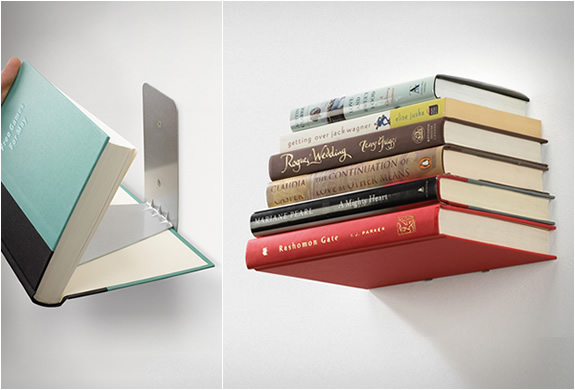
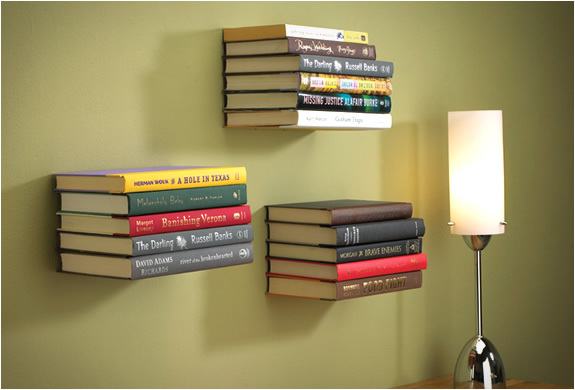
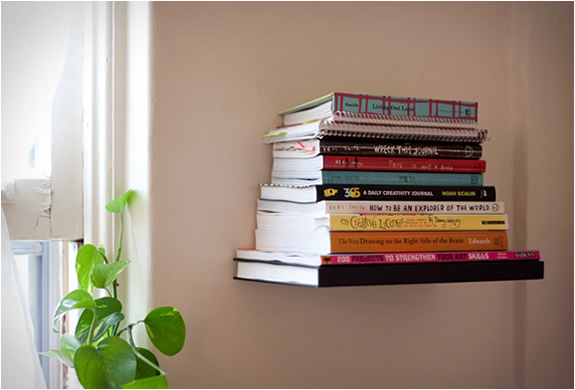
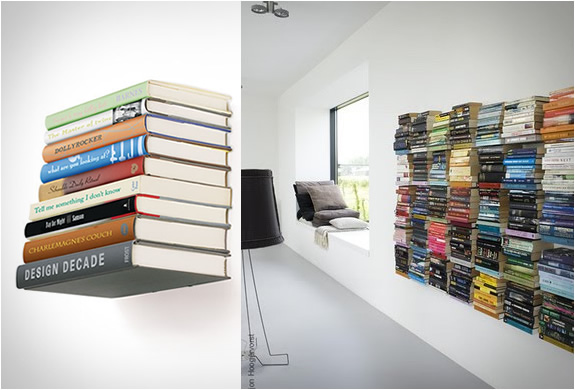
Typographic illusion sculpture
Overhead + Under Bed = Space-Saving Storage
Saving space is not something we do for its own sake – in this case, a cutting-edge media room was the goal, and cleverly lofting and concealing of books, CDs and DVDs provided the floor space to make this dream den a reality.
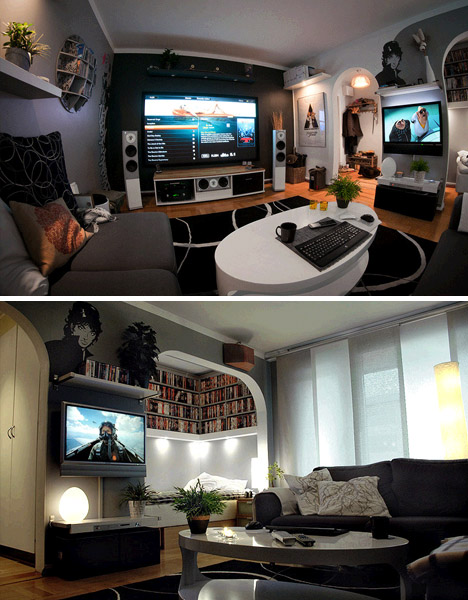
Johan wanted to use ever spare bit of wall surface for a larger television and smaller wall-mounted computer screen – no dressers and few shelves getting in the way, nor objects behind the couch to cramp the distance between seating and screens.
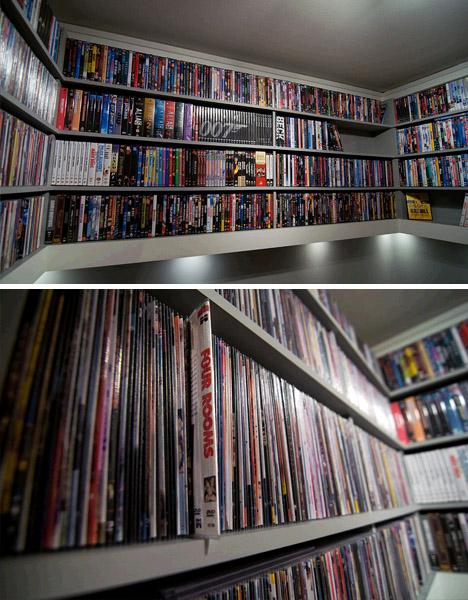
Wrap-around shelving features thicker top and bottom borders, creating a dynamic series of stripes that animate and decorate the space – being pushed out from the wall, these in turn allow for under-shelf indirect lighting in addition to a central overhead light fixture.
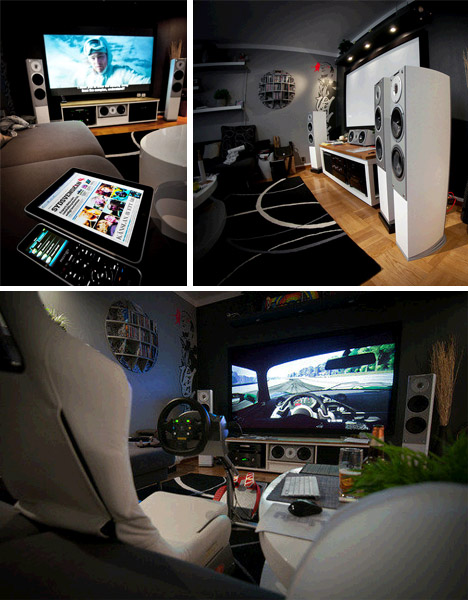
Audiophiles and film fanatics may find this cozy corner nook to be of secondary concern, but its existence enables the rest of the open-plan redesign … and for those of us who like little lofts and interior hideaways, it looks like a lovely space to read. To be fair, though, the entertainment center is quite exciting as well.
